AQA GCSE Geography: The Living World
1/37
There's no tags or description
Looks like no tags are added yet.
Name | Mastery | Learn | Test | Matching | Spaced |
|---|
No study sessions yet.
38 Terms
Ecosystem
A unit that includes all the biotic and abiotic parts in an area
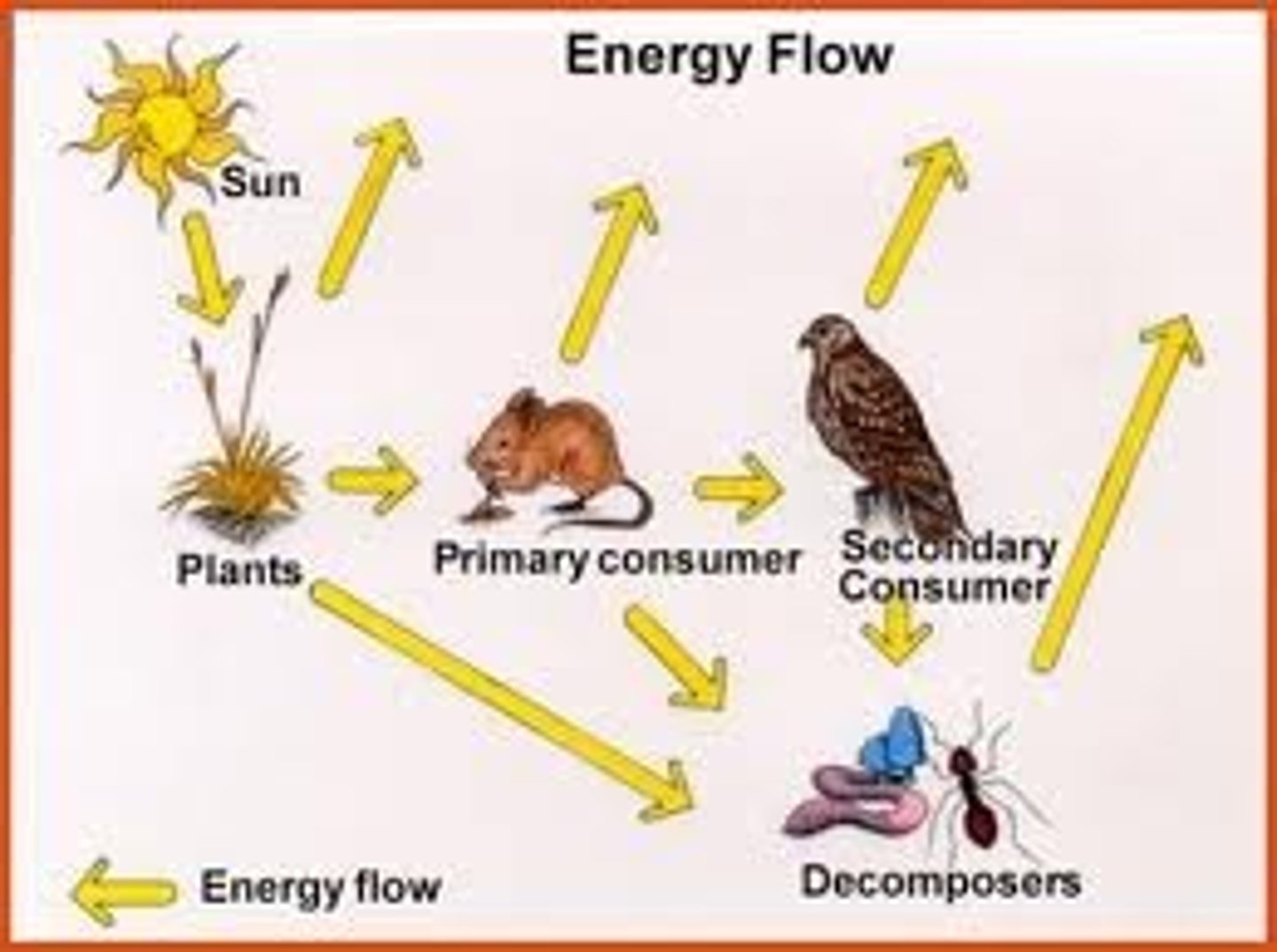
Organisms can be classed as __________, ____________ or ____________.
- Producers
- Consumers
- Decomposers
Producer
An organism that uses sunlight energy to make its own food. e.g. Hawthorn Bushes
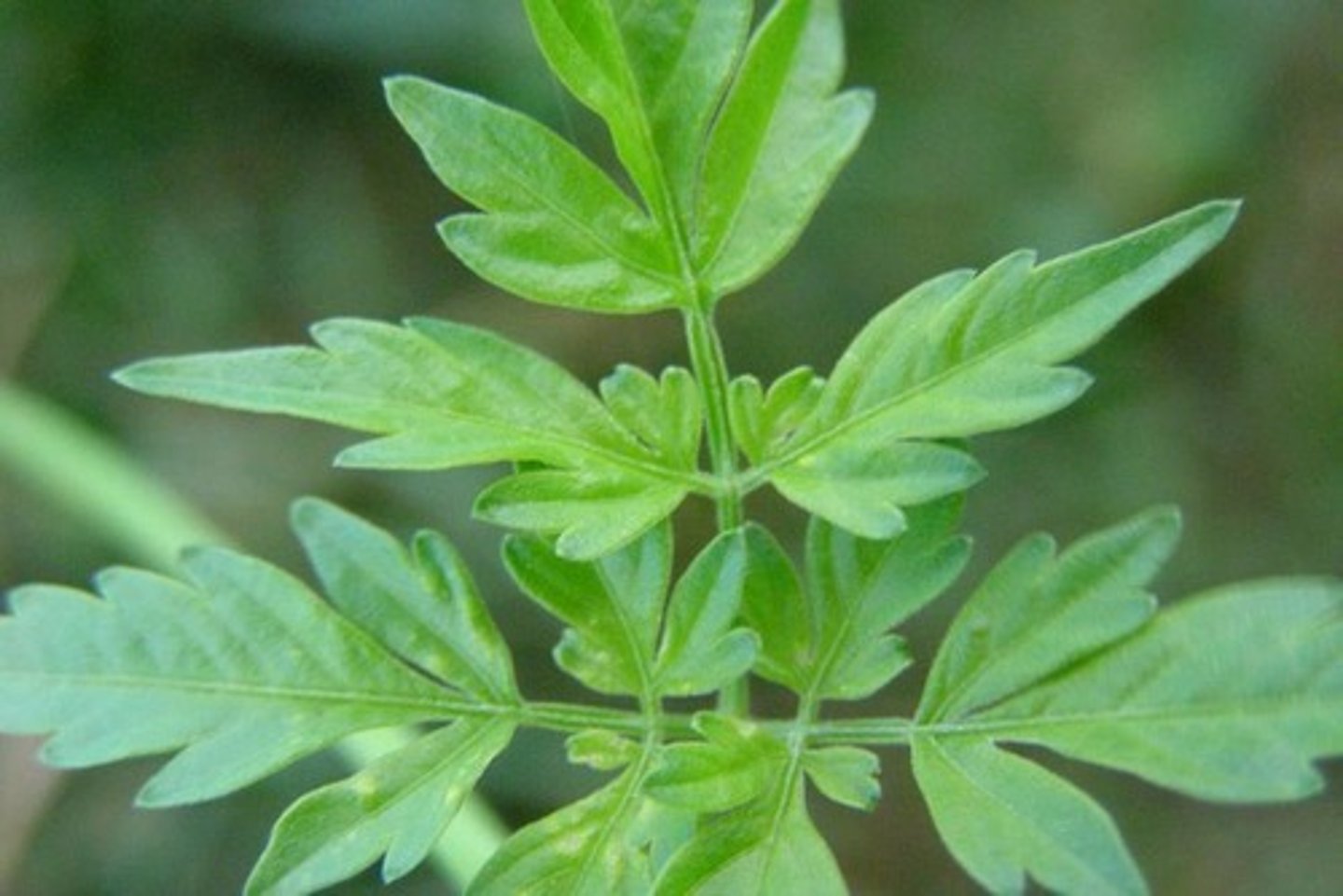
Consumer
An organism that gets its energy by eating other organisms. e.g. Sparrows
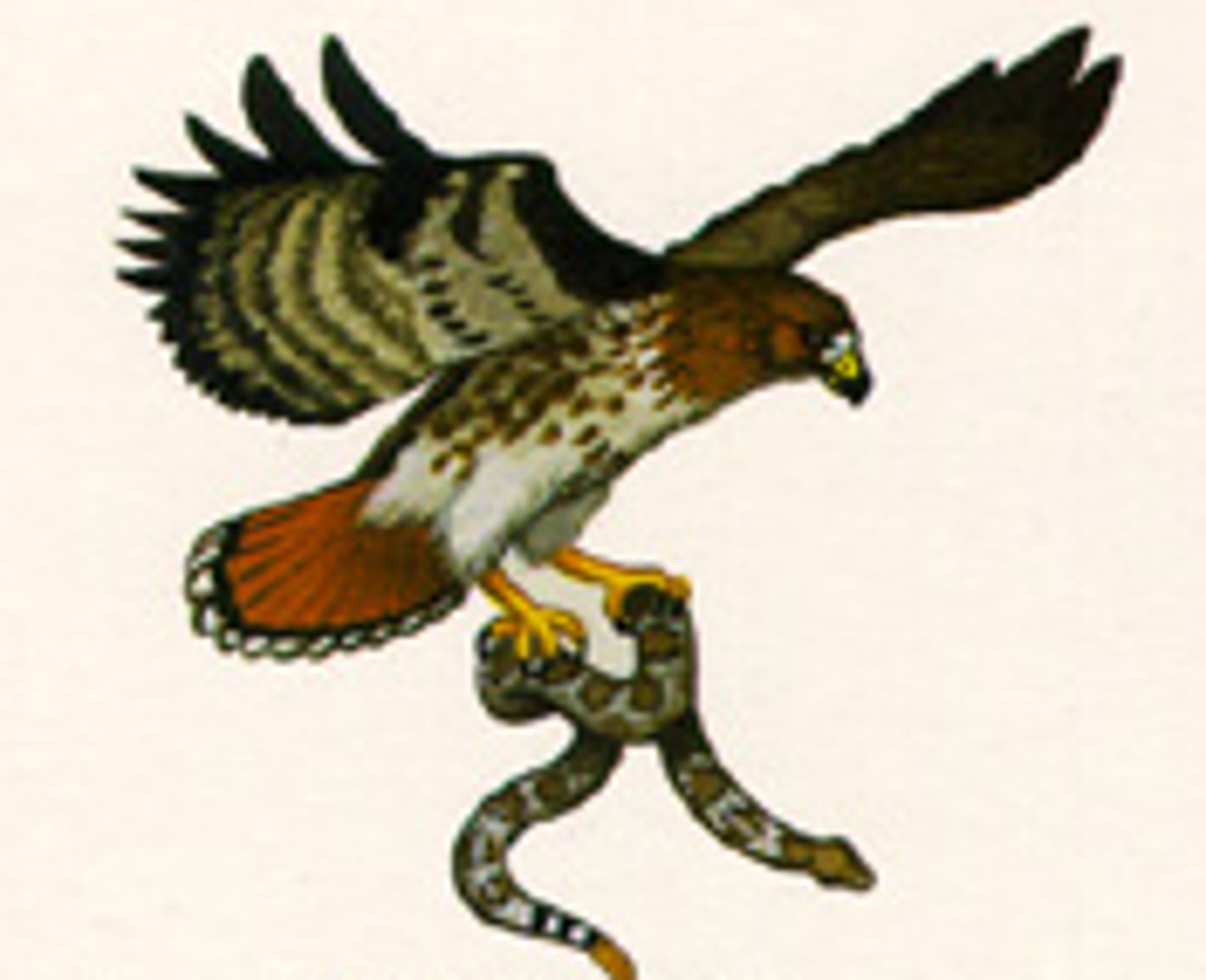
Decomposer
An organism that breaks down and obtains energy from dead organic matter. e.g. Bacteria + Fungi
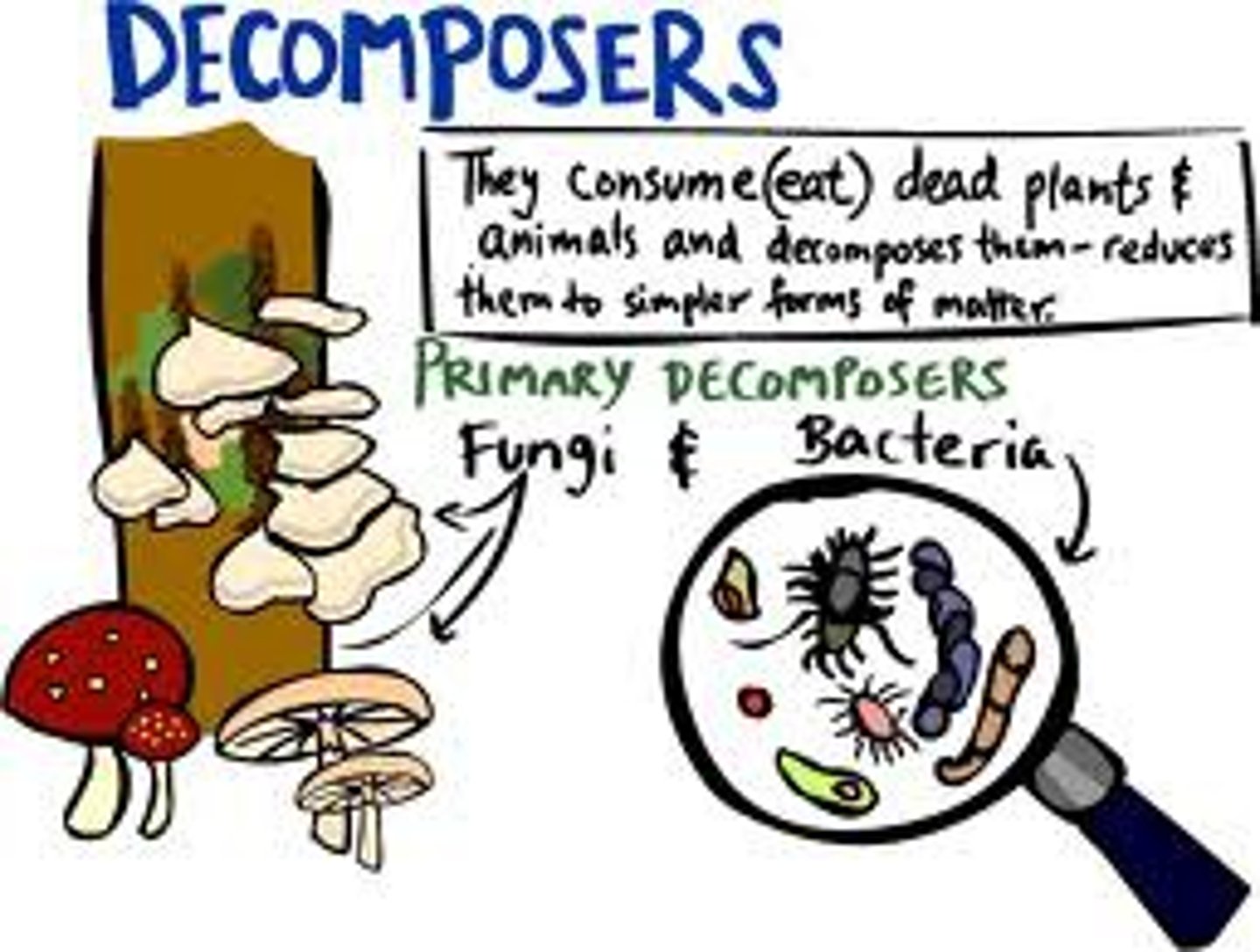
What happens when dead material is decomposed?
Nutrients are released into the soil which are taken up by plants
What is a food chain?
A hierarchical series of organisms each dependent on the next as a source of food

What is a food web?
A system of interlocking and interdependent food chains

Savannah Grasslands
Located between the tropics and have distinct dry and wet seasons. Most vegetation is grass with few trees
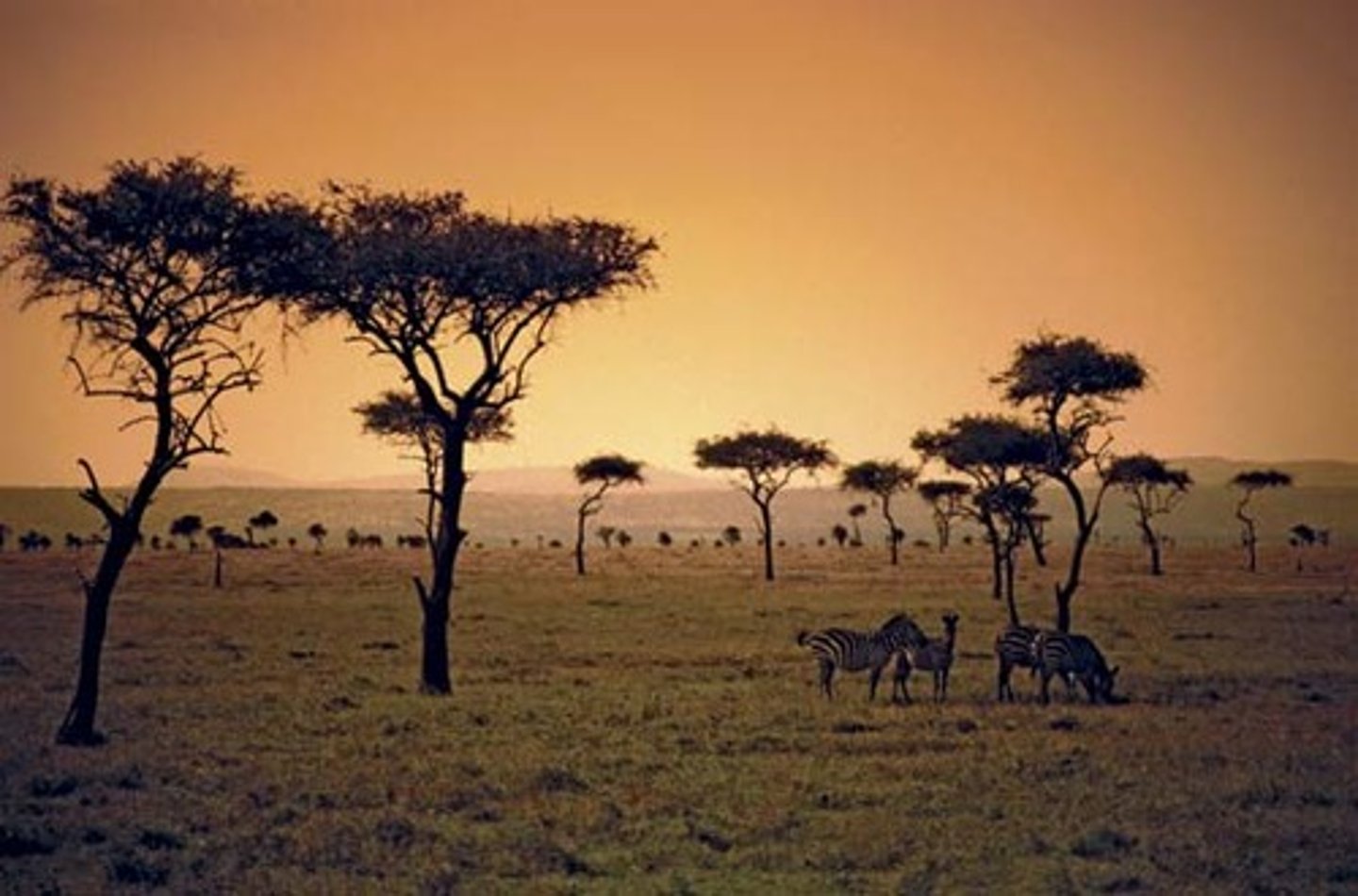
Temperate Grasslands
Found at higher latitudes with more temperature variation. No trees just grasses
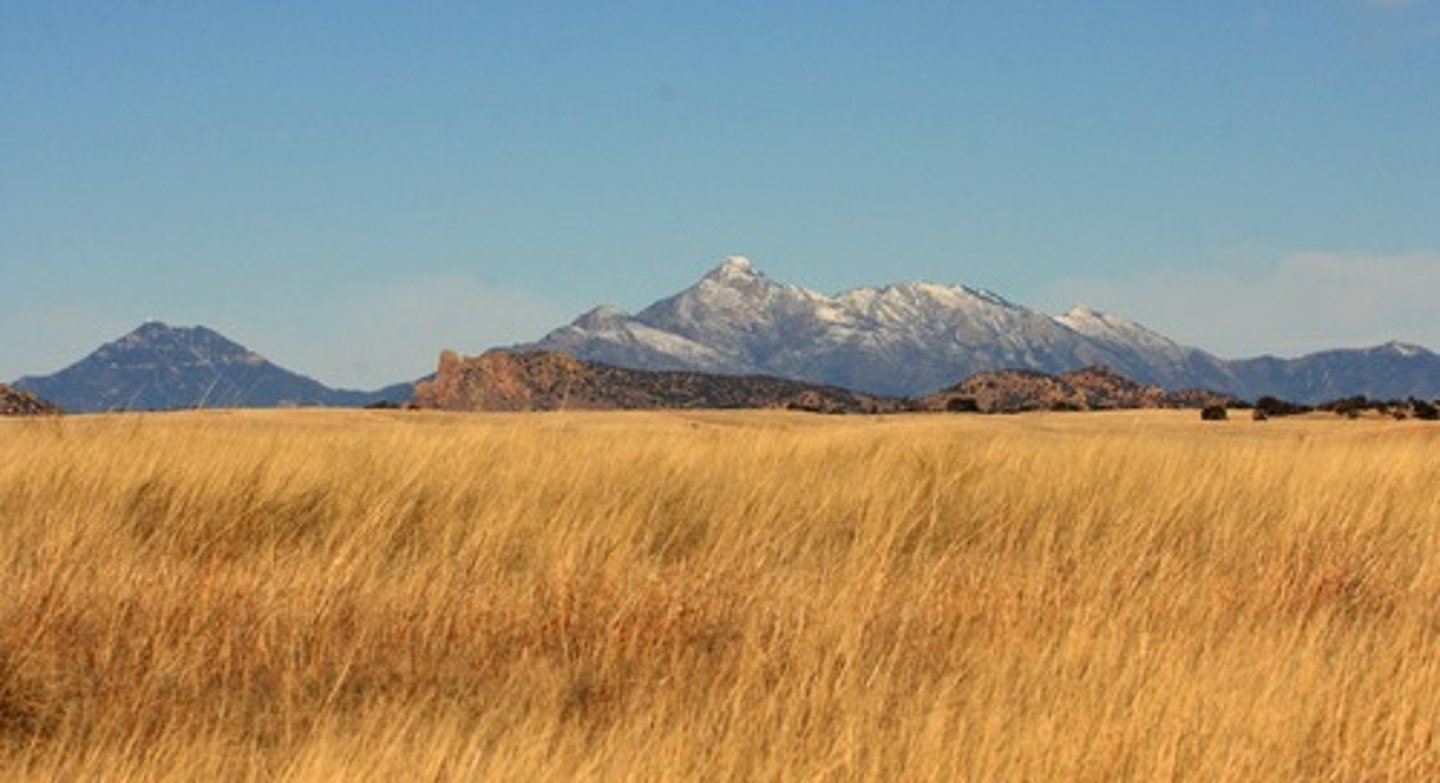
Tundra
Found at high latitudes, winters are cold, summers are brief with little rainfall. Vegetation includes mosses, grasses and low shrubs
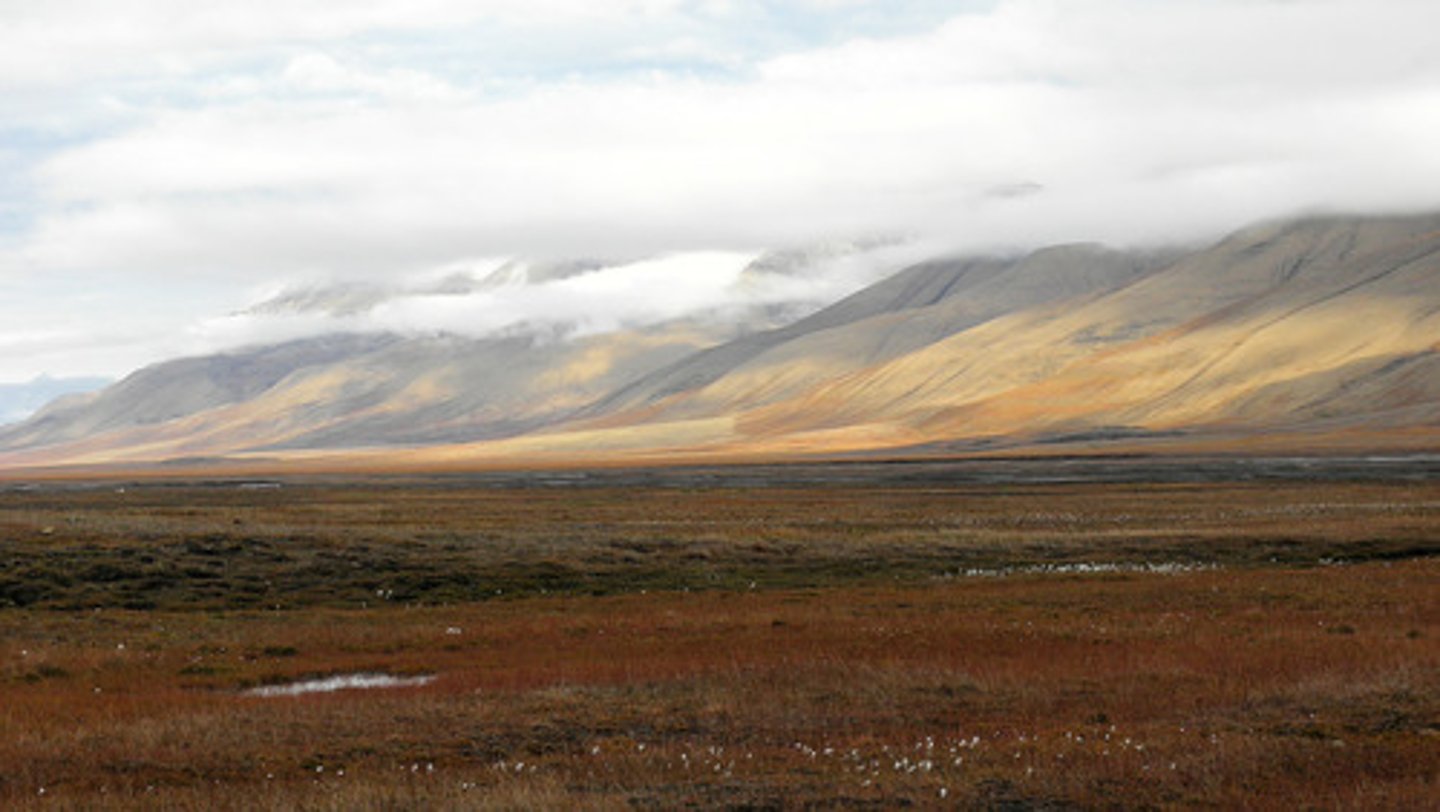
Temperate Deciduous Forest
Found in the mid latitudes with 4 distinct seasons with rainfall all year round
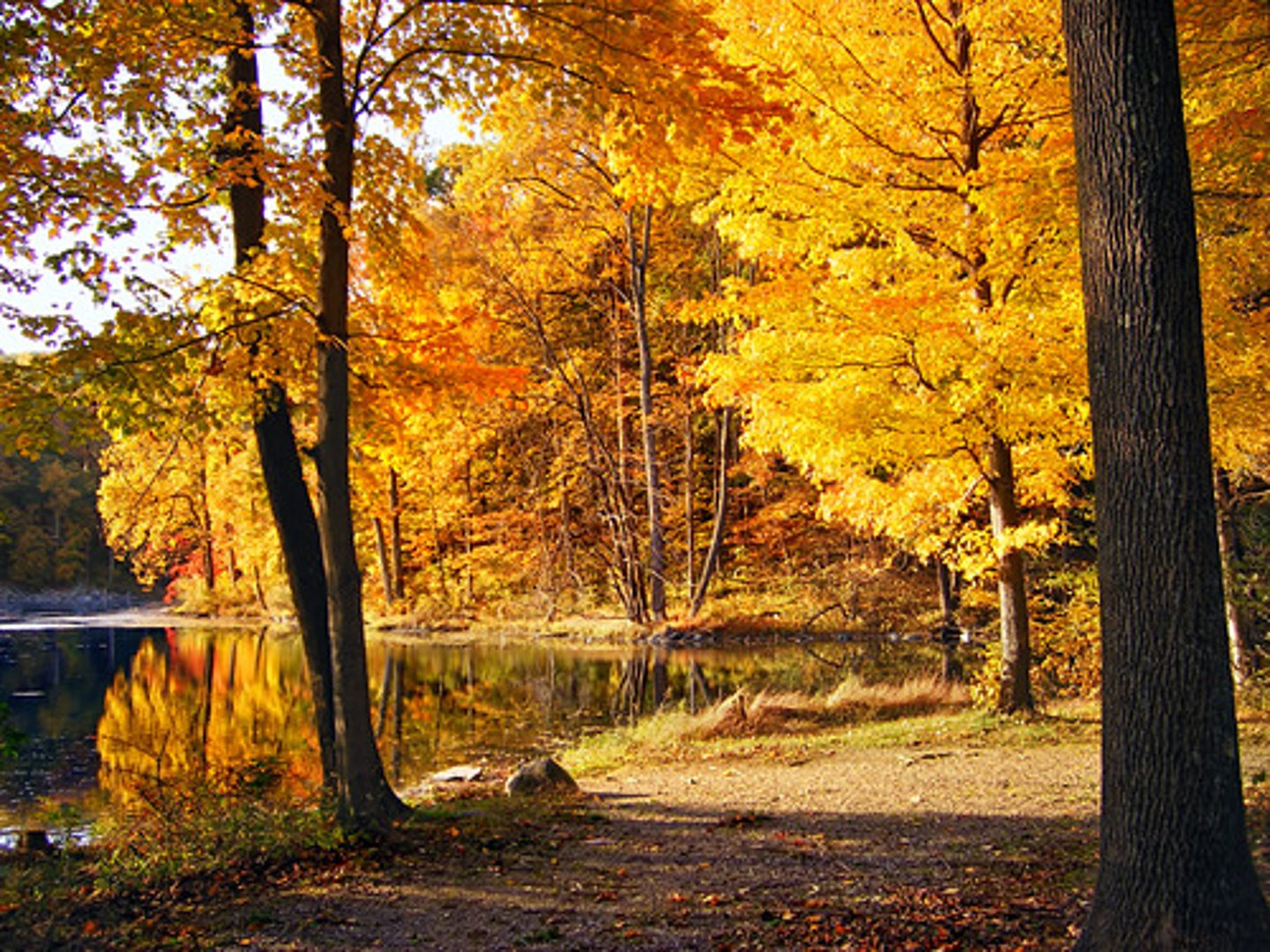
Tropical Rainforest
Found around the equation, with hot and wet weather all year
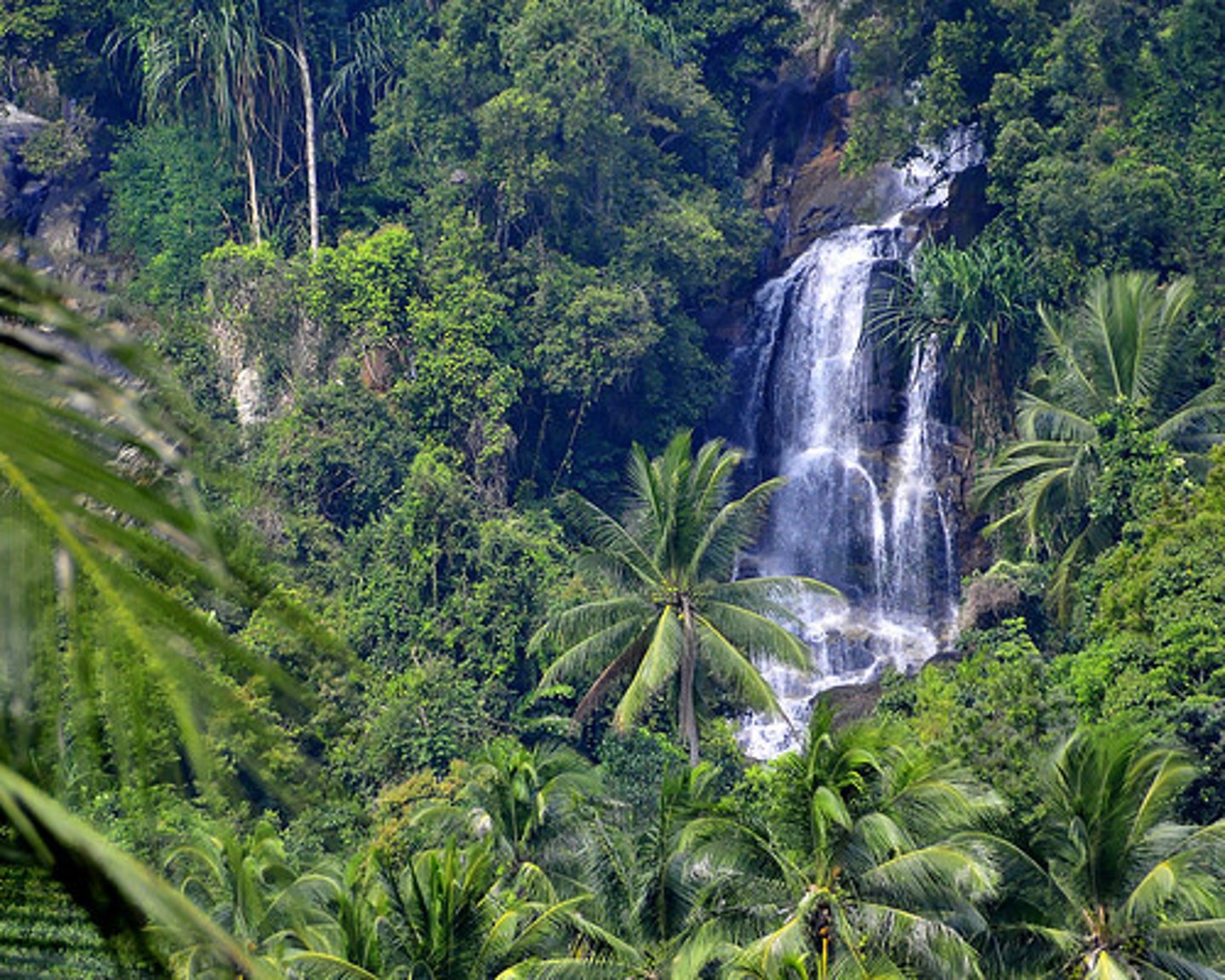
Polar
Found at the north and south poles, they are very cold, icy and dry
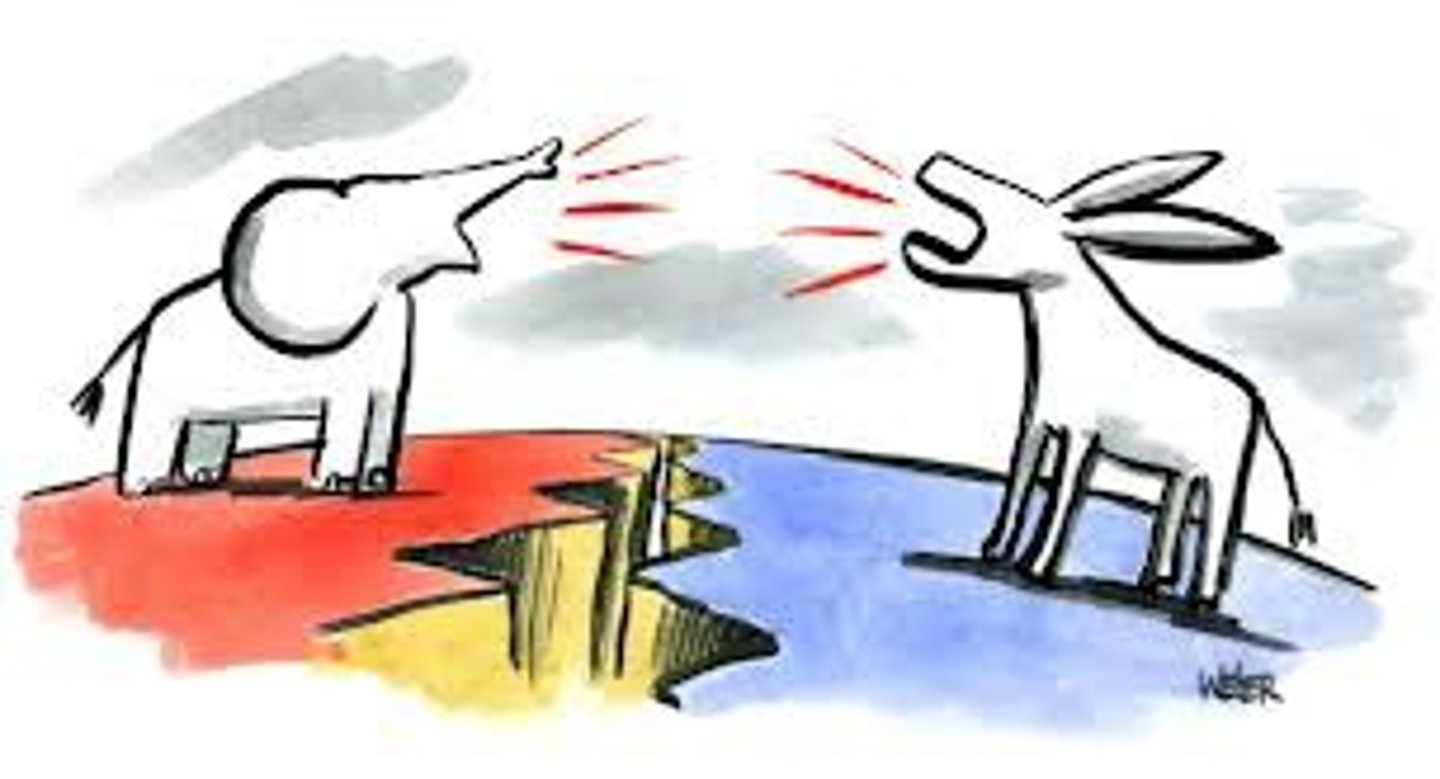
Hot Desert
Found between 15° and 35° north and south of the equator with little rainfall and have sparsely distributed shrubs and cacti

Epping Forest
An example of an ecosystem - a temperate deciduous woodland.
Oak, elm, ash and beech.
Deciduous trees found in Epping Forest - TDF.
Foxes, owls, sparrowhawks.
Secondary consumers or top carnivores. Predators found in Epping Forest -TDF.
Buttress roots
Massive triangular ridges, help to support the base of tall trees and help transport water. Helps gas exchange by increasing surface area.
Animal Adaptations in the Rainforest
Birds live in the canopy feeding on nectar from flowers.
Most species are found in the canopy where there is the most light e.g. monkeys and sloths.
Soil in the Rainforest
Latosol or laterite. Infertile as heavy rainfall leaches away nutrients .Nutrients are found at the surface where dead leaves decompose rapidly in the hot, humid conditions. This is the humus layer.
Emergents
Very tall (50m+) trees such as Kapok trees - have adapted to grow taller to get the most light and have no branches so there is no wasted energy.
Epiphytes
Plants which live on branches, taking nutrients from the air and the tree and use insects to pollenate. This allows the plant to receive more sunlight.
Lianas
These are thick parasitic vines that use tree trunks to reach the sunlight, getting nutrients from the tree and the air.
Commercial Farming
Rainforest has been replaced with crops like soybean in Amazonia. The amount of rainforest cleared for this has doubled between 1990 and 2010.
Subsistence Farming
Tribal people in the rainforest hunt and gather their food from the forest and grow some food in cleared pockets of forest. This farming is small scale and sustainable.
-One method of clearing the land is a slash and burn technique, using fire to clear the land.
-The burning creates valuable nutrients that helps plants to grow.
The value of the Amazon Rainforest
Minerals provide the region with vast natural resources including oil, gas and gold. The Amazon is one of the world's greatest carbon sinks. The rainforest's biodiversity and wildlife habitats are of global importance.
Rates of Deforestation
Tropical rainforests are the most endangered ecosystem on earth. Every 2 seconds, one hectare is destroyed.
Selective Logging
The removal of only mature, damaged or particularly valuable trees. This must also include replanting.
Conservation and Education
Rainforest can be preserved in conservation areas such as national parks or nature reserves. These areas can be used for education, scientific research and tourism.
Ecotourism
- Countries like Brazil, Costa Rica, Belize and Malaysia have promoted their countries for ecotourism.
- This aims to introduce people to the natural world to benefit local communities and protect the environment for the future.
- Through income generated by ecotourism, local people and governments benefit from retaining and protecting rainforest trees.
International Agreements
Global organisations such as the Forest Stewardship Council (FSC)promotes sustainable management by identifying timber from renewable sources.
Debt Reduction
Some countries have borrowed money to fund developments.To pay of these debts, some have raised money for massive deforestation programs. Recently, some donor countries and organisations have reduced debts in return for agreements that rainforests will not be deforested.
Sustainable Development
The use of natural resources such as the rainforest in a way that preserves them for the future, but at the same time allows economic development.
Drip tips
Many plants have pointy ends to allow the excessive rain to drip off.
Soil erosion
The roots of trees bind the soil together. Deforestation causes the soil to become loose and easily be washed away by heavy rain. This can pollute water supplies.
Road building
The Trans-Amazonain Highway stretches for 4000km and opens up the Amazon to further exploration.